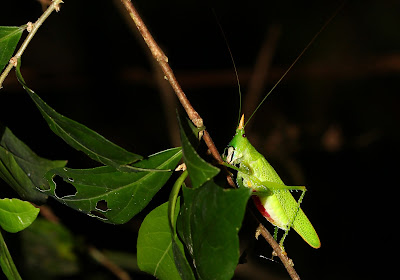Recently I had the pleasure of joining the Maikuchiga team
on one of their research expeditions.
Over the last few years they have been heading out into the forest once
a month in search of the endangered woolly monkey troops. In an effort to begin
collecting baseline data, 4 to 7 days are spent walking through the forest
looking for any signs of these beautiful primates. Population dynamics are a
focus with data on the number of individuals, sexes and relative ages being
collected. As their role as seed dispersers is also of interest, even when the
monkeys themselves are not spotted, the team takes notes on the leavings of
meals and any other signs that the woollies have been present. Because information on most wild life is
scarce, data collection is not just limited to the woollies as any large mammal
sightings are recorded.
 |
 |
| Karol, a 3 year old woolly monkey |
 |
| Brian with a baby red howler monkey |
 |
| Gonzalo, Julian, Mike, Brian, Freddy, Henry |
These were not our only stops however as we were rewarded with a few wild life sightings on the way including squirrel monkeys as well as my first look at a white hawk.
Acclimatizing to the
environment takes a bit of time and despite being surrounded by beautiful
forest our main focus was getting to our destination, a camp located approximately
9 kilometers from the sanctuary. After 5
hours of hiking as we entered a small clearing, where we were met by a small
slightly raised platform with a roof made of palms. This would be home for the
next 4 nights. Sleeping in hammocks, bathing in the nearby stream and meals
cooked over a wood fire would make up the domestic aspect of the next few
days. The rest of the time would be
spent searching for and admiring the amazing wild life and nature that
surrounded us. Despite 5 years of living
here and heading out on many treks into the forest, each outing would reveal
new and sometimes surprising things to marvel at. So that night I slept well
knowing that the day’s tough hike was a worthwhile investment and that we would
be well rewarded in the days to come.
--------------------------------------------------------------------------------------------------------------------
Launching from Leticia we offer immersive, personalized amazon tours and treks.
If you are interested in maybe joining us on a trek or on a tour of the Amazon you can find more information on our website : www.yoiectours.com
or you can write us at : info@yoiecotours.com
or give us a call at : +57 3102688026

















































